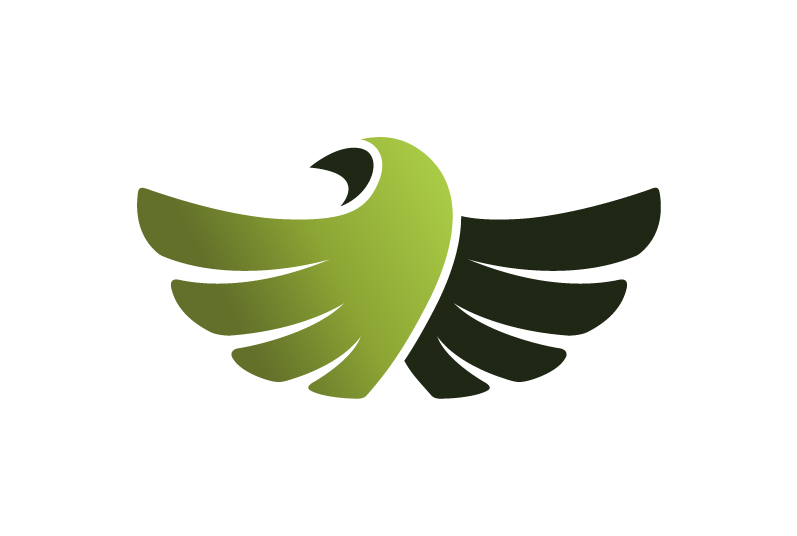How to Keep Your Feet Happy
Practicing reflexology has given me a keen interest in the feet and foot health, so I thought it might be helpful to share some of what I have learned here in the hope that it will help you to prevent or manage foot-related problems.
There is a saying ‘No hoof, no horse.’ It is not quite so drastic for us humans, but the feet are a crucial yet undervalued part of our anatomy. The main functions of the feet are to support the weight of the body and to move it. A problem with the feet can manifest as pain or a problem higher up the body. Equally, poor posture can cause problems in the feet.
The Skeletal Structure of the Foot
The foot is a complex limb with 26 bones, so I won't bore you with the details. Suffice to say that each foot has three arches: the medial arch on the inner edge that we are most aware of, the lateral arch on the outer edge, which is lower and less noticeable, and the transverse arch, which runs left to right across the middle of the foot. These arches are formed by the interactions of bones, ligaments, tendons, muscles and fascia. As in buildings, the strength of the feet comes from the arches. When running, 2.5 times the body’s weight comes back at it on impact, so that is some force!
The toes should be the widest part of the foot, and the foot naturally splays on impact with the ground when walking or running, but footwear often impedes that natural shape and movement, with most shoes, trainers and boots narrowing at the toe, which can cause hammer toes and bunions, among other problems. A growing number of companies, such as Xero Shoes and Vivobarefoot, are producing healthier, more natural shaped footwear.
Fascia and the Foot
Fascia is a white, fibrous connective tissue found in all parts of the body in different lengths and thicknesses. You can read more about fascia in my blog post about it here. The plantar fascia is a band of this connective tissue that runs under the foot over the sole. Its elastic properties mean that it acts like a spring, storing energy when loaded and releasing it when the weight is lifted. Fascia does not require much in the way of calories or oxygen, but it does need hydration and movement to stay healthy and elastic. Massaging the soles of the feet can help to keep the plantar facsia healthy, whether that is using the hands and fingers, as in regular massage or in reflexology, or using a ball, whether that is a tennis ball or a specialised massage ball. In this clip, Arran Nicolson at The Drummond Clinic in Maidenhead shows you how to self massage the plantar fascia.
Plantar fasciitis is inflammation of the plantar fascia, which is a painful and debilitating condition of the foot. It is quite common, especially in runners and people who spend a long time on their feet. If you suffer from the condition, you may find the treatments shown in this You Tube clip, produced by my shiatsu teacher George Dellar, helpful.
Skin
We evolved with bare feet that told us as much about our environment as our hands did, so we have as many nerves in our feet as we do in our hands. Exteroceptors are nerves that tell us how the surface under our feet feels (e.g. hard, soft, muddy, sandy, slippy, etc). Proprioceptors give us spatial awareness. Although the soles of our footwear protect our feet from damage, they severely hamper our ability to sense the ground beneath our feet, which is why manufacturers like Xero Shoes and Vivobarefoot use minimal soles. It is healthy to go barefoot or to wear just socks at home, or anywhere else where it is safe to do so for that matter. I love walking barefoot on the sand up to my ankles in the sea – it just feels so therapeutic and healthy!
To keep the skin on your feet in good shape and avoid callouses or cracked heels, apply a good quality foot cream daily (ideally after a bath at bedtime to optimise absorption), which will help to keep the skin soft and supple, and use a foot file weekly to prevent hard skin building up.
The best way to avoid viral and fungal infections of the feet (e.g. verrucas and athletes foot) is to keep your immune system in good shape with a healthy diet and lifestyle, and to wash your feet with soap and water, drying them thoroughly afterwards.
Toe Nails
The health of our toe nails can tell us about our general health. Healthy nails are pink, smooth and not split. There are too many nail disorders to go into in detail here, but to give you an idea: blue or purple nails can indicate poor circulation; a white or yellow discolouration of a nail can indicate a fungal infection, especially when accompanied by thickening or deformation of the nail; white spots (leuchonychia) can result from injury to the nail or they can indicate a calcium deficiency; and ridges, lines and pitting can reflect systemic changes caused by illness, injury, diet, medication, etc.
I love Rangan Chatterjee’s podcast ‘Feel Better, Live More’ and I found this one on foot health particularly interesting, so it is well worth a listen if you would like to learn more. And Jane Sheehan’s book Let’s Read Our Feet offers fascinating insights into how our feet can reflect our personality, life experiences and emotions.
I hope you enjoyed learning a bit more about your feet! If you would like to show them some appreciation and treat your feet to a reflexology appointment or a massage, do get in touch.

